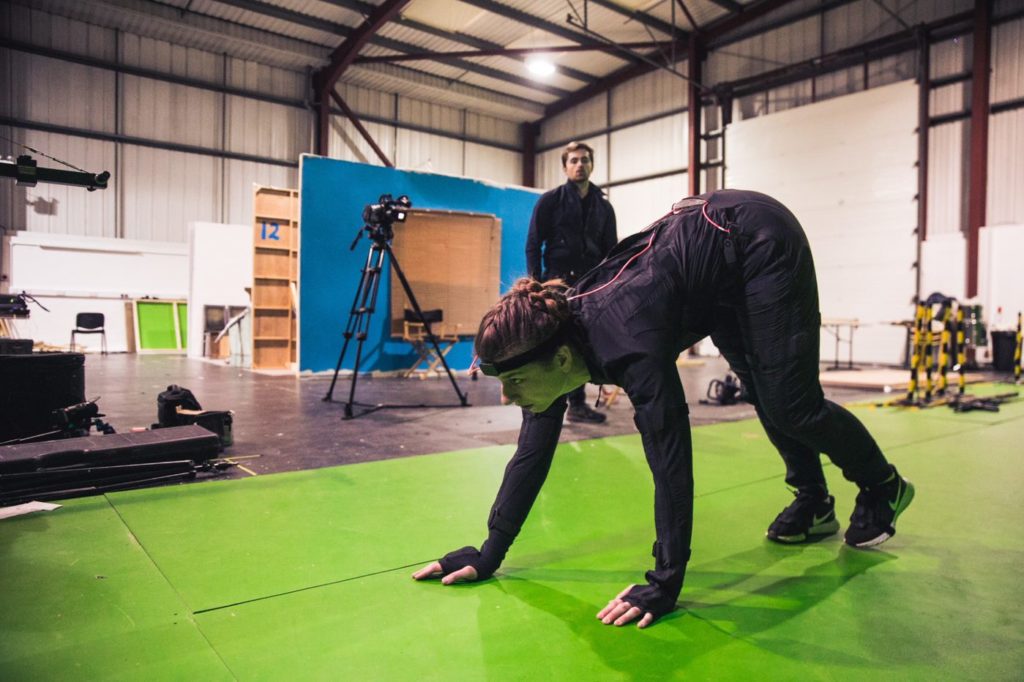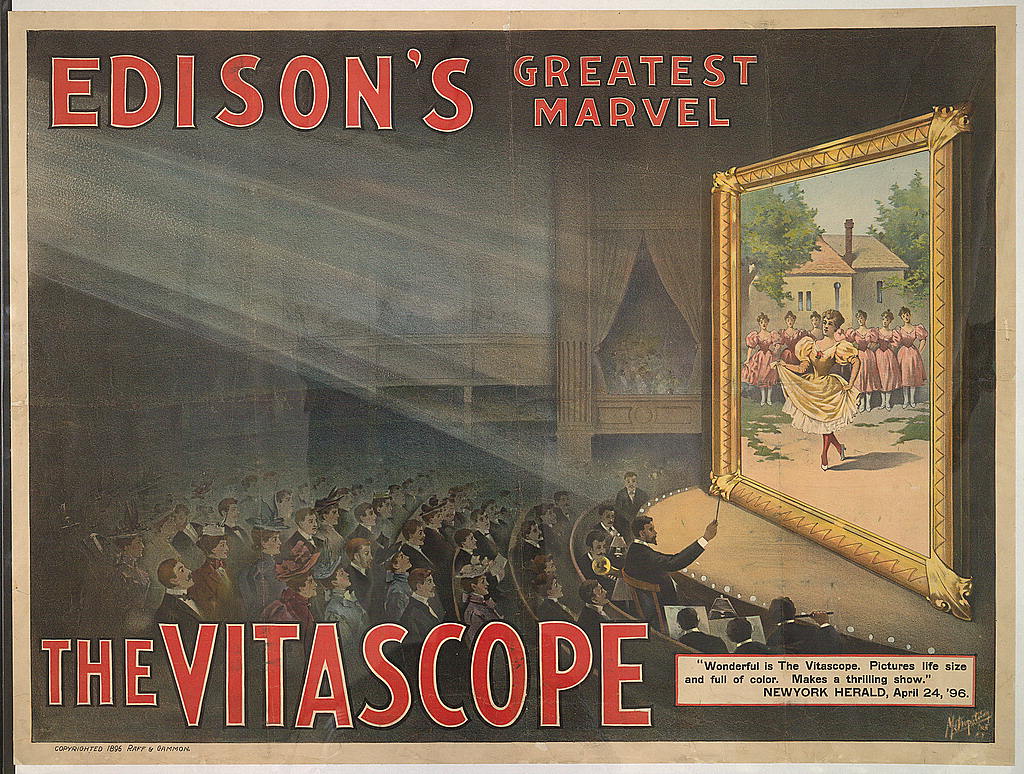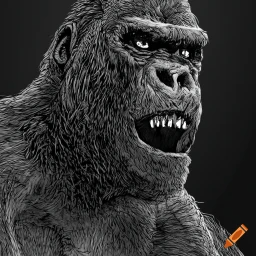The Postracial Fantasies of Digital Visual Effects

In this new book project, I examine how digital visual effects in Hollywood films construct ideas about race. I look at both onscreen depictions and the production process, focusing on films that use performance capture and de-aging technologies. I argue that despite digital technologies potentially allowing for colorblind casting and digital character design, instead these […]
Visual Effects: The Modern Entertainment Marketplace (2000-present)

Since 2000, digital visual effects have played a central role in Hollywood’s governing business model of developing high-budget blockbuster franchises like Star Wars, Harry Potter, Pirates of the Caribbean, Transformers, and the Avengers films. In the first years of the new century, the Lord of the Rings films exemplified this trend, introducing groundbreaking new digital […]
More than a Man in a Monkey Suit: Andy Serkis, Motion Capture, and Digital Realism

This essay examines the design and performance of the title character of King Kong in Peter Jackson’s 2005 remake, as well as their decision to expose their behind-the-scenes work in publicity material, online production diaries, and DVD special features. I argue that these ancillary materials do more than just promote the film; they also introduce […]